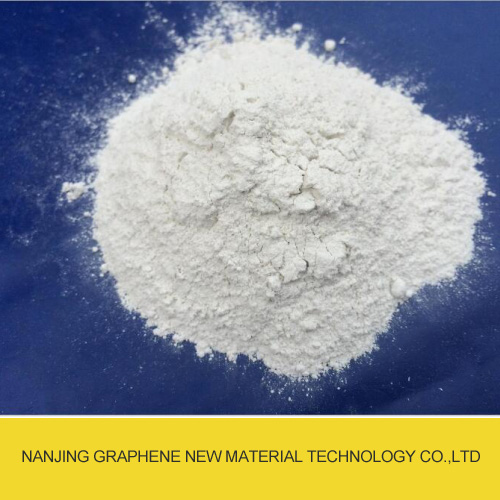
Paint Modifier industry belongs to modern industry, but coating itself has a long history. China is the first country in the world to use natural resin as film-forming material, i.e. paint. The mineral color used by the early painters was formulated by water suspension or edible water or albumin, which was the earliest water-based paint.
It was only in the middle of the 19th century that we really knew how to use solvents to dissolve solid natural resins, and made fast drying coatings. So in a certain sense, the use history of solvent coating is far from that of water-based coating. The simplest waterborne coating is lime emulsion. About one hundred years ago, some people planned to add emulsified linseed oil to improve it. This is probably the earliest latex paint. Since the mid 1930s, polyvinyl alcohol (PVA) has been used as a protective vinyl polyvinyl acetate emulsion for color development in Germany. By 50s, acrylic emulsion had been sold in Europe and the United States, but because of the high price, its output did not increase significantly. In the 1960s, among all the developed emulsions, vinyl acetate – ethylene was the most prominent one. The copolymers of vinyl acetate and high-grade fatty acid ethylene also developed and the output increased.
Since the 1970s, due to the formulation of environmental protection law and the strengthening of people’s awareness of environmental protection, various countries have restricted the emission of organic solvents and harmful substances, thus limiting the use of paint. 75% of the raw materials for paint manufacturing come from petrochemical industry. Due to the economic crisis of western industrial countries and the adjustment of oil prices in the third world countries, it is generally required to terminate energy and resources in the world. Based on the above reasons, people pay more and more attention to waterborne coatings, especially latex paint, as a substitute for oil products. The preparation technology of waterborne coatings has made rapid progress, especially the progress of emulsion synthesis technology.



